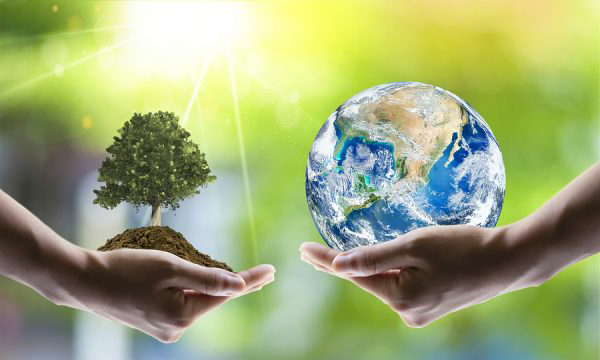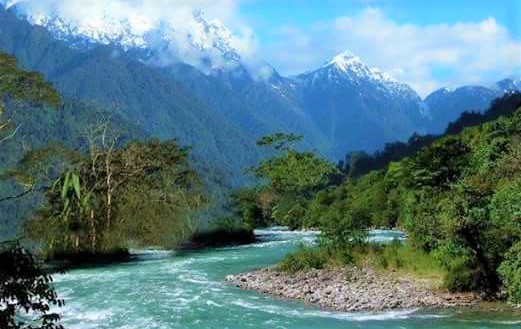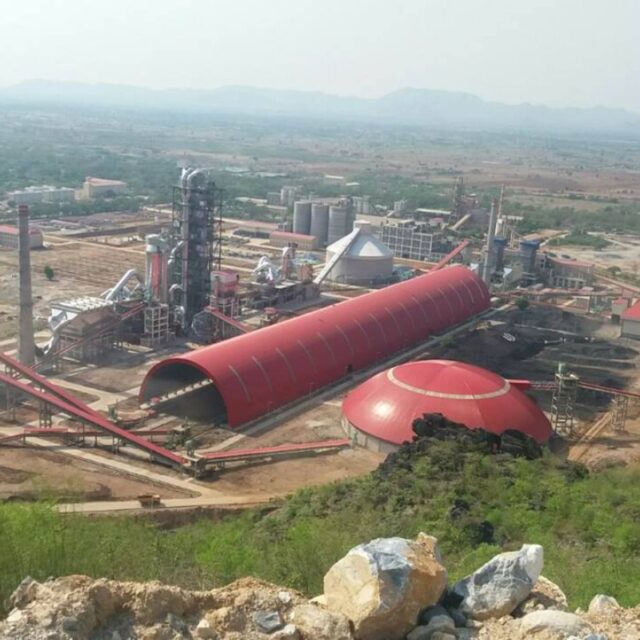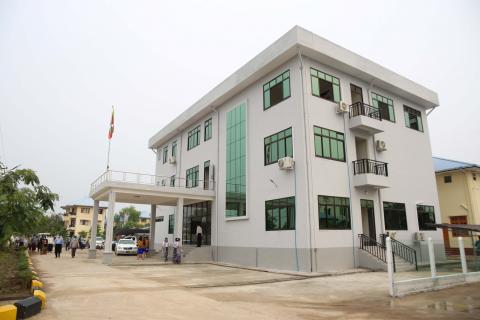By Saya Norm
Is mother earth healthy? Nope. She had been sick for a long time: even for centuries. Her temperature has been rising in accordance with time since the industrial revolution. The revolution started in the 19th century, and then coal usage as a fuel increased. After Ford T-model cars were introduced in the first quarter of the twentieth century, oil usage increased further. Fossil fuels – coal, oil, and gas are by far the largest contributors to greenhouse gas emissions. It accounts for 75 per cent of global greenhouse gas emissions and nearly half of all carbon dioxide emissions. As those gases blanket the earth, they trap the sun’s heat. These lead to global warming and climate change.
Carbon dioxide is not the only greenhouse gas, methane and nitrous oxide trap heat, too. Burning fossil fuel not only emits carbon dioxide but releases particles small enough to float in the air as well as carbon dioxide, these aerosols warm the atmosphere.
The problem is that carbon stored up in the crust over hundreds of millions of years is being released in a few generations. Naturally, the greenhouse effect makes the earth a comfortable place to live. But human activities are changing Earth’s natural greenhouse effect. Burning fossil fuels put more carbon dioxide into the atmosphere. Too much of these greenhouse gases can cause Earth’s atmosphere to trap more and more heat.
In the early 19th century, Joseph Fourier, a French pioneer in the study of heat warned that the Earth is warmer than it would be. Since the industrial revolution, coal has been used as fuel and it might warm the planet.
In the 1900s, coal produced about two billion tonnes of carbon dioxide. By 1950 industrial emissions were three times that much. Today they are close to 20 times that much because of industries and private cars.
The world is now warming faster than at any point in recorded history. Warmer temperatures over time are changing weather patterns and disrupting the usual balance of nature. Every decade since the 1970s has been warmer than the one before, which rules out natural variations. If nothing were done, temperature and sea levels would rise to an extent with no historic parallel.
This poses many risks to human beings and all other living things on earth. Climate change impacts life on earth in various ways: by making extreme temperatures in hot and cold seasons, by making poor air quality in the environment, by increasing natural disasters of extreme events, by promoting vector-borne diseases and by changing the nature of fresh and marine water resources.
Climate change and its related health problems are not only governmental issues but with their citizens. Blaming related governments and international organizations doesn’t work. To solve the problem, each and every earth dweller should contribute their efforts to save the planet task force. How? By the way, as mentioned below.
Use less energy
Most greenhouse gases are emitted by power plants, industry, and traffic. By using energy efficiently, we can save fossil fuels and reduce climate change. That is why switch lights and appliances off when they are not in use. Make the buildings to be well-insulated not to waste energy on heating and cooling.
Use clean energy
Electricity shouldn’t have to come from fossil fuel-using power plants. Alternatives like solar and wind are cheaper and cleaner except for initial investment. Using renewable energy isn’t very hard technically.
Reduce fossil fuel for transport
Travelling by bike, bus or train saves a lot of carbon dioxide. Taxi sharing like Grab service is a good way. Compared to a private car, a bus is five times more climate-friendly, and (if available) an electric train is 15 times more climate-friendly. EV may be the answer in the future.
Eat less meat
Methane, a powerful greenhouse gas, is generated in the stomach of cows, sheep, and goats. By eating less meat, we can lessen methane production. On the other hand, large-scale livestock farming and meat consumption use a large number of resources including water and land to grow feed. Even rainforests are ever cut down to grow soy for feeding cows.
Eat organic
Although organic foods are still high priced, it is deserved to eat far fewer greenhouse gases. The gases were generated in power plants and engines but mostly by artificial fertilizers in industrial agriculture. Moving the path to ecologically oriented farming, less greenhouse gas may be emitted. And it helps to protect the climate.
Use sustainable materials
The large volume of carbon dioxides emitted from the production of steel and cement. Wood and bamboo bind carbon dioxide. Cautiously choosing products made from sustainable materials helps the climate.
Recycle
Manufacturing plants emit a large volume of greenhouse gases per year. Although it is unavoidable in the production of goods that we use on regular basis, a cleaner alternative would be recycling. Recycling is a cost-effective and eco-friendly process that eliminates waste. And also, it doesn’t emit many greenhouse gases into the environment. Collect discarded paper, glass, plastics and electronics and try to reuse them in recycling. Any respective government should have collaborated with nongovernmental organizations or people.
The above actions may reduce carbon emissions to an extent. But lowering annual emissions merely slows the rate at which the sky’s heating effects get stronger. Surface warming does not come to an end until the greenhouse-gas level is no longer increasing at all. And most of the benefits will be accrued not today, but in 50 to 100 years.
Anyhow, don’t lose your heart and carry on.















